Tuesday, 23rd May 2017
| Walk: | Nanny Lane, Wansfell Pike, Wansfell, Woundale, Pike How, Stony Cove Pike, Threshthwaite Mouth, Park Fell head, Trout Beck, Ing Lane | ||
| Start Point: | Troutbeck, Church Bridge | Grid Reference: | NY 412 027 |
| Distance: | 13.5 miles | Ascent: | 3,400 feet |
| Time: | 7.25 hours | ||
| Weather: | Sunny and warm with a welcome breeze on the tops | ||
| Comments: | Checking a variation on a previous route, the climb through the Woundale valley and up to Stony Cove Pike seemed to take a long time - 1,500 feet in 2.5 miles. After descending from Stony Cove Pike to Threshthwaite Mouth I decided to turn the walk round the opposite way for the group walk. Parts of the Woundale Valley and the Troutbeck Valley were rather boggy. The end of the walk took advantage of the off road path from the entrance to Lime Fitt Park to the rocky path that leads to Ing Lane. | ||

Troutbeck Church . . .
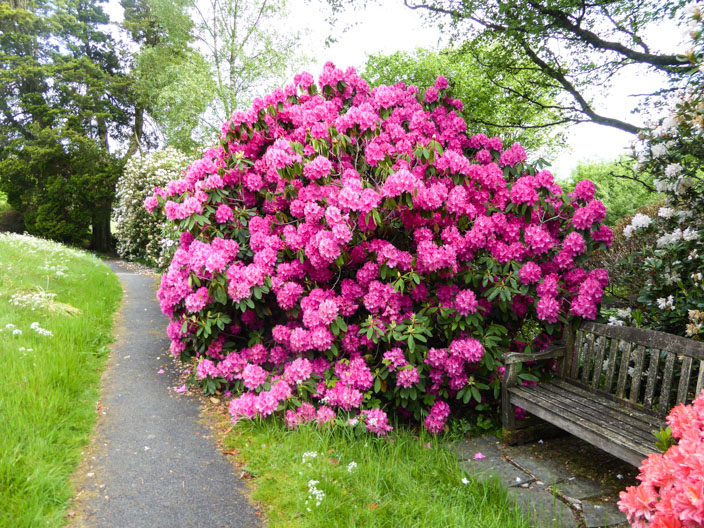
which has a very colourful display . . .
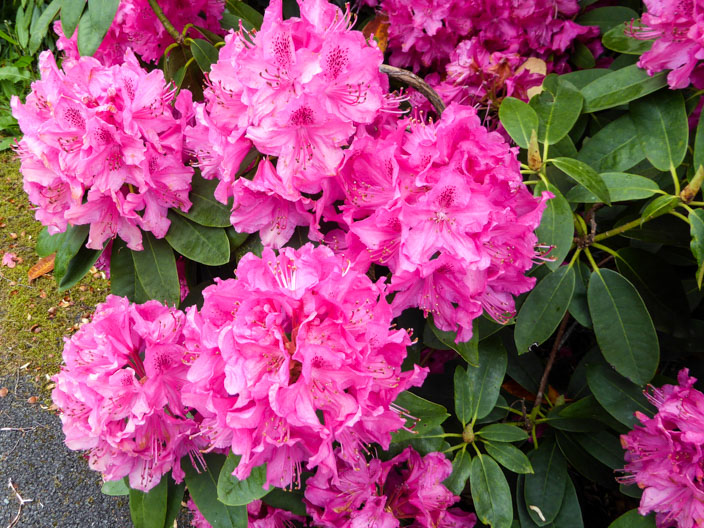
of rhodedendrons . . .

of one colour . . .

and another
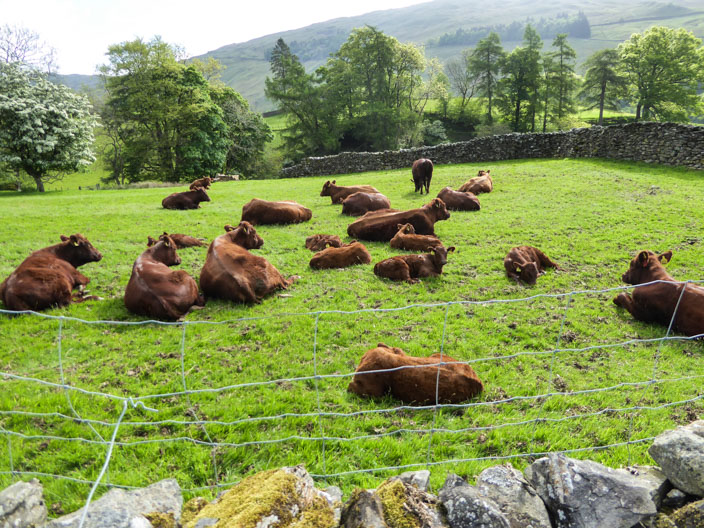
The herd seems a little docile . . .

but one calf is on the alert

Windermere from the climb to Wansfell Pike . . .

and again from the summit . . .

where there are views of Red Screes and Fairfield . . .
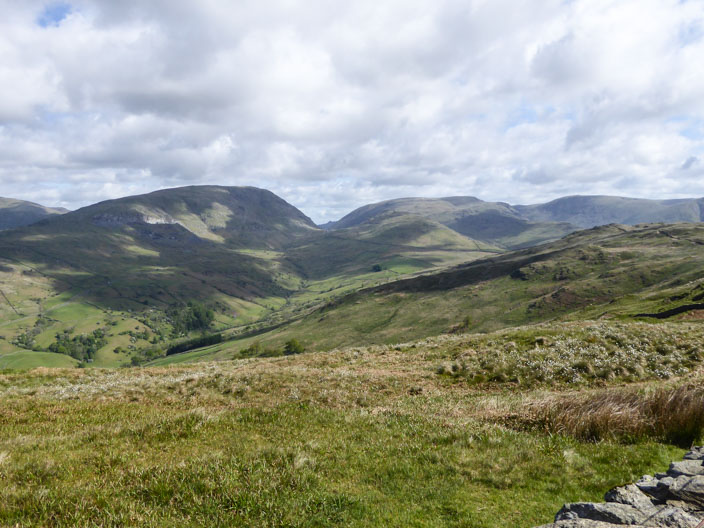
and Caudale Moor to the right of the Kirkstone Pass
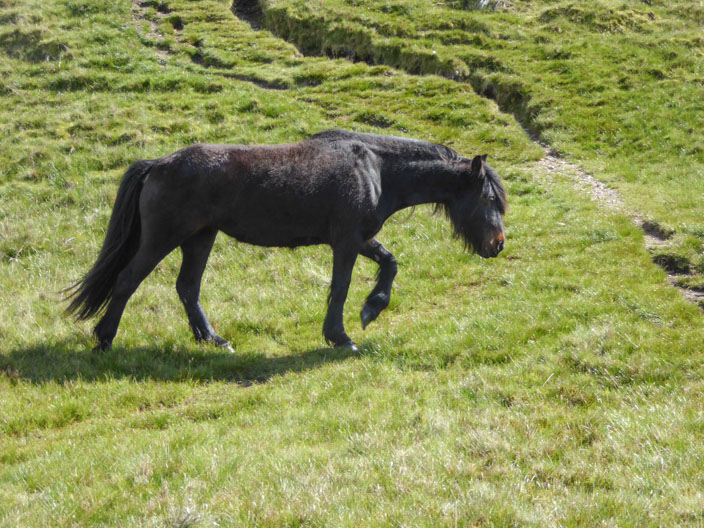
I haven't seen fell ponies in this area before

Wansfell with Caudale Moor behind . . .

and Windermere in the opposite direction
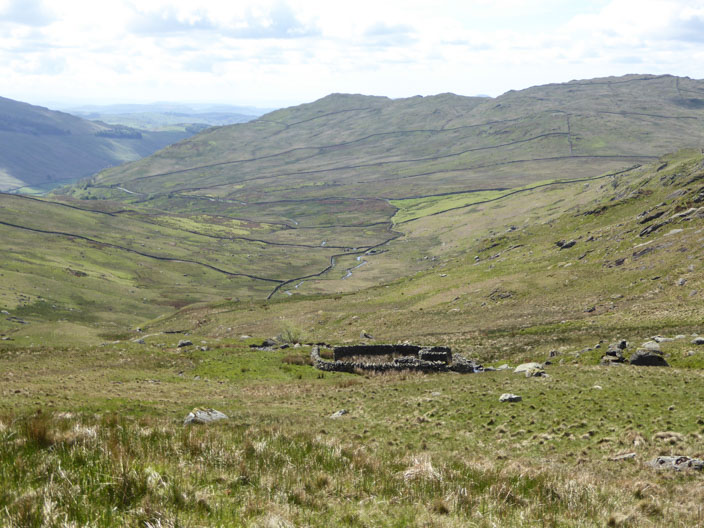
Looking back down the Woundale Valley

Stony Cove Pike, looking across to Thornthwaite Crag . . .
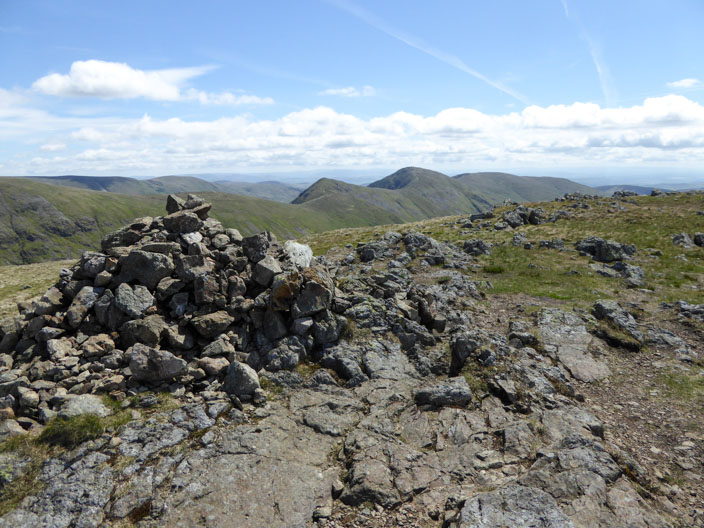
and Froswick, Ill Bell and Yoke
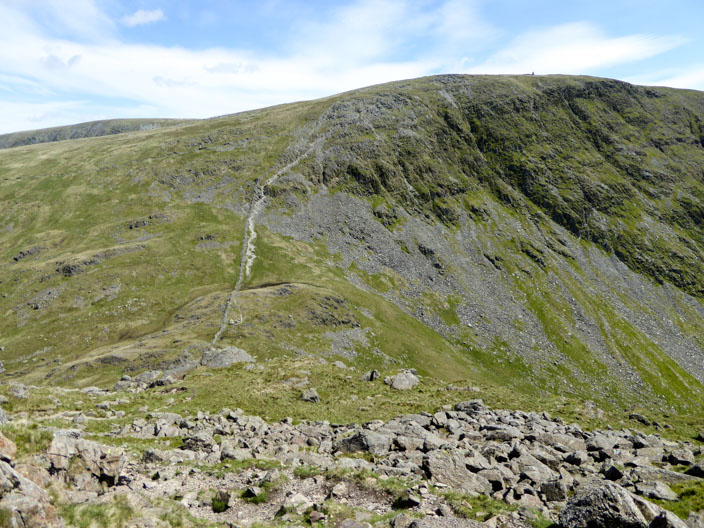
A steep descent looks down on Threshthwaite Mouth and the climb to Thornthwaite Crag
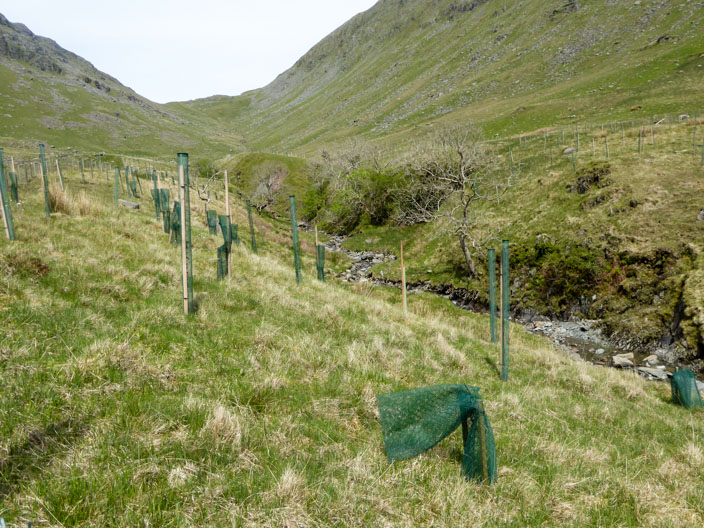
A new enterprise?
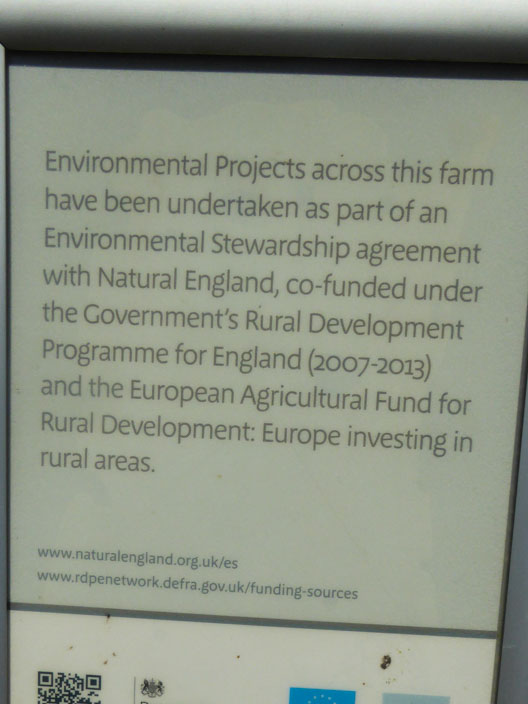
A sign on the gate leading to the farm provides information
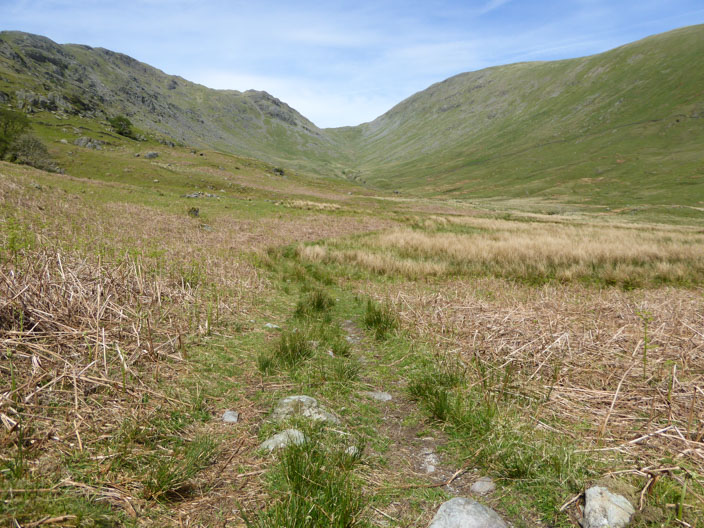
Looking back to Threshthwaite Mouth from my lunch spot
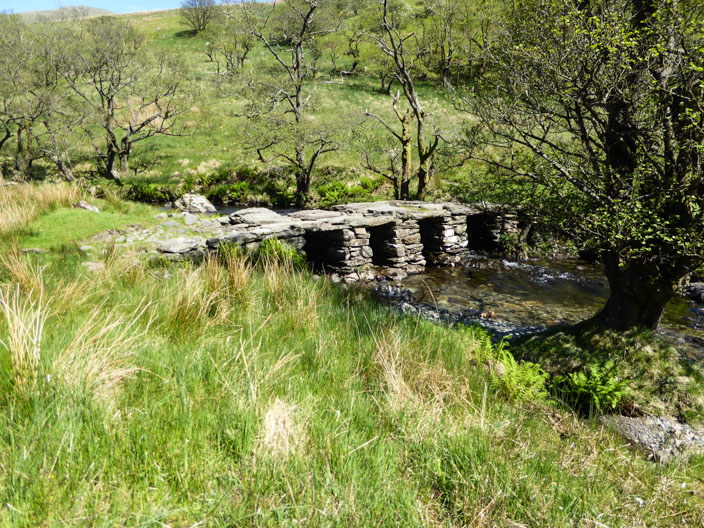
An interesting clapper bridge . . .
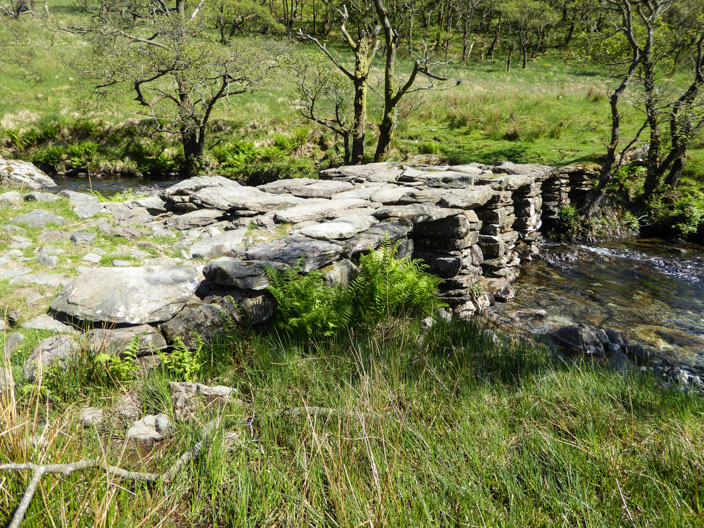
takes the path across . . .
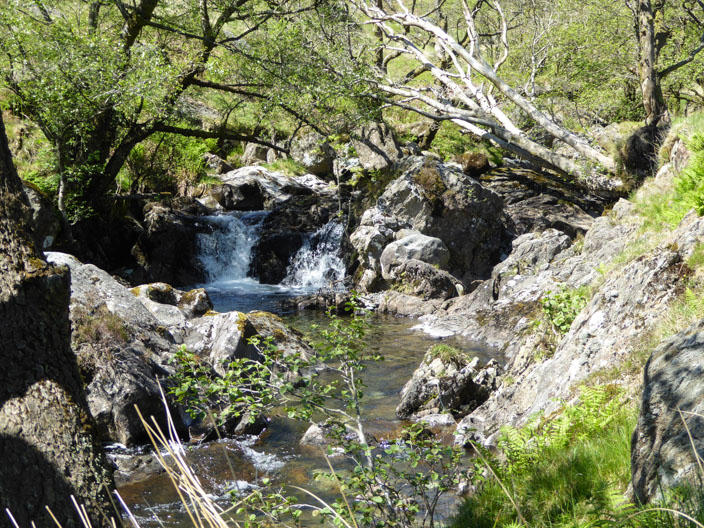
Trout Beck

Spotting some webs in the hedging . . .

I find that . . .
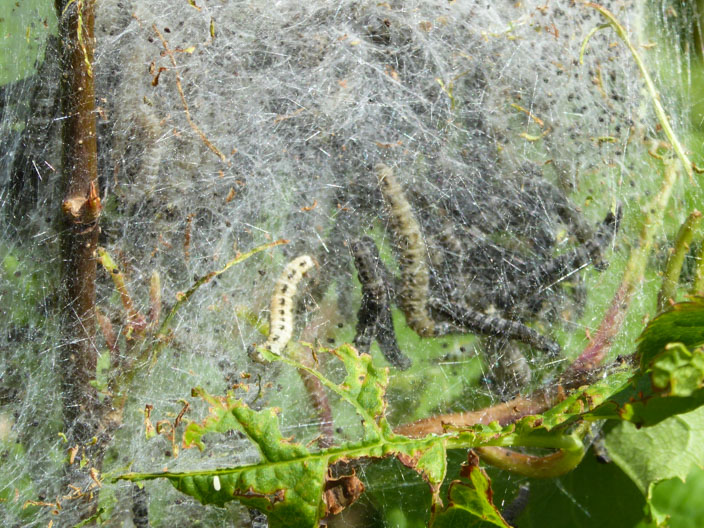
there are lots of caterpillars inside
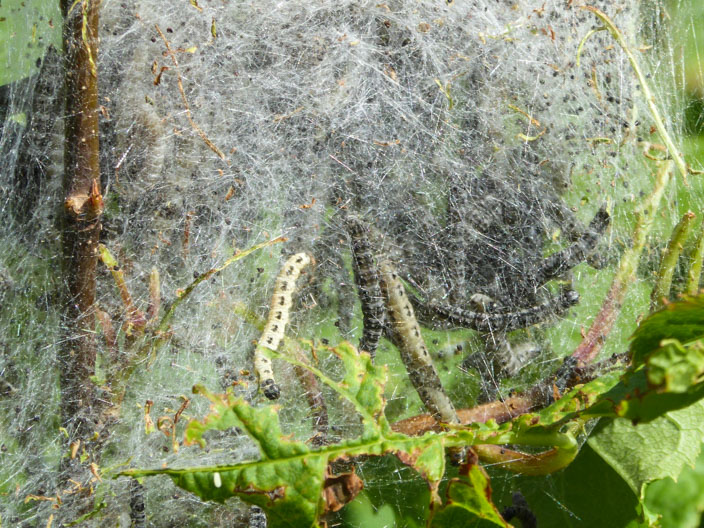
Further research reveals the following information . . .
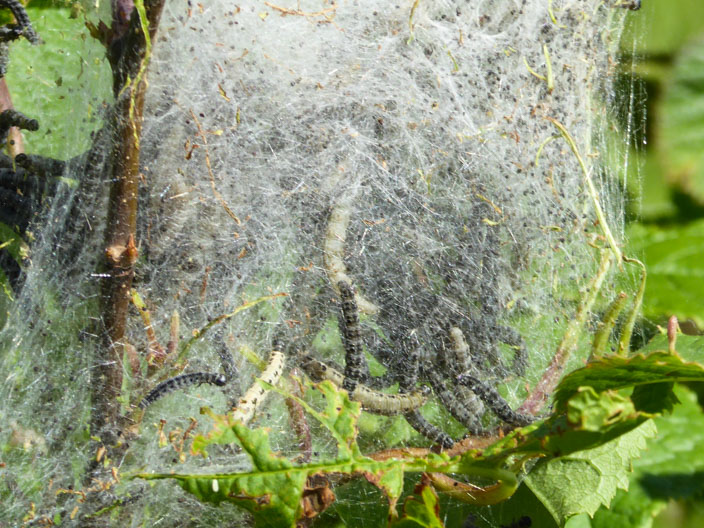
Ermine Moths lay eggs on plants their caterpillars can feed on when they hatch.
Thousands of tiny caterpillars then weave the web over the plants and
themselves for protection from predators.
Caterpillars then gorge themselves on the plants under their cocoon
before pupating into moths